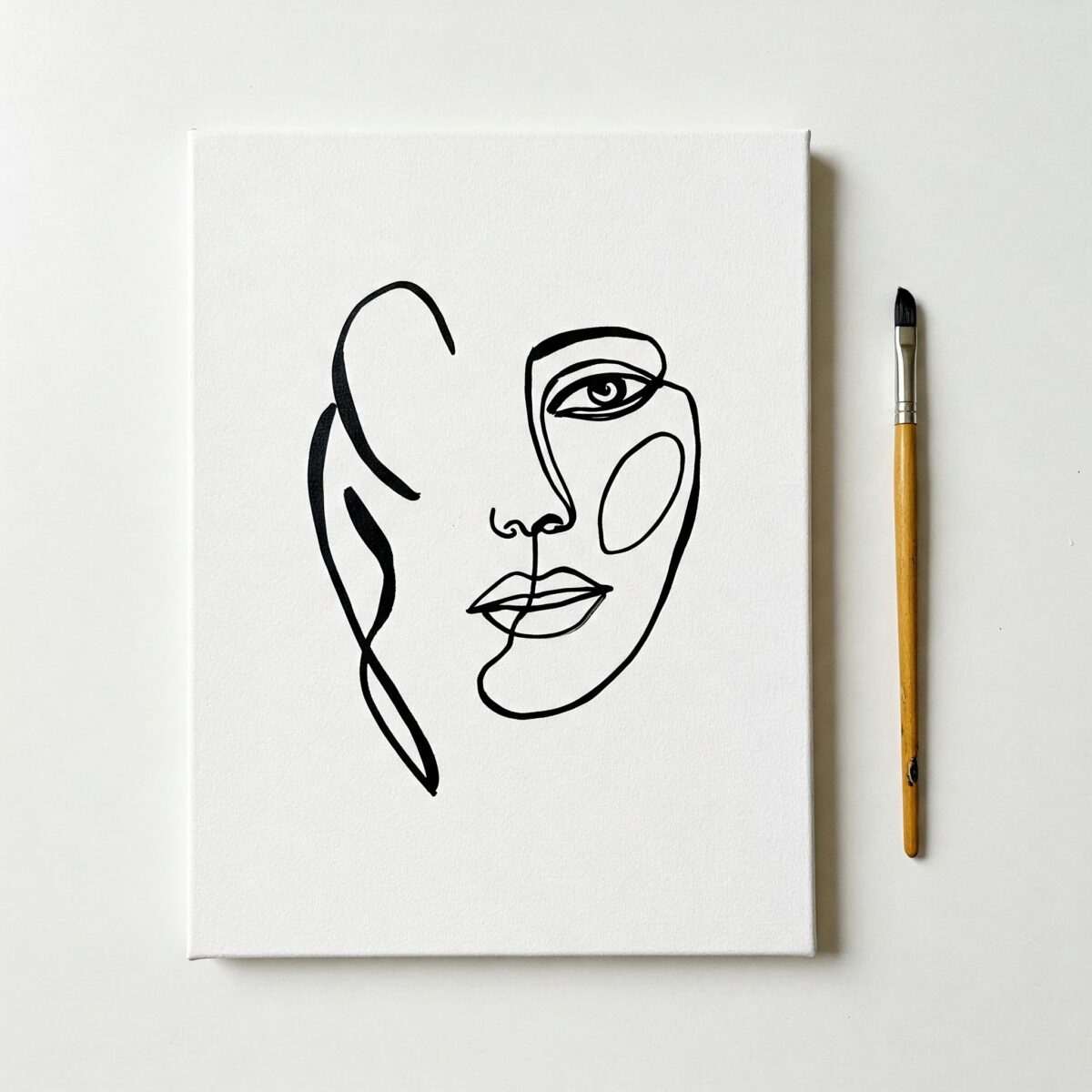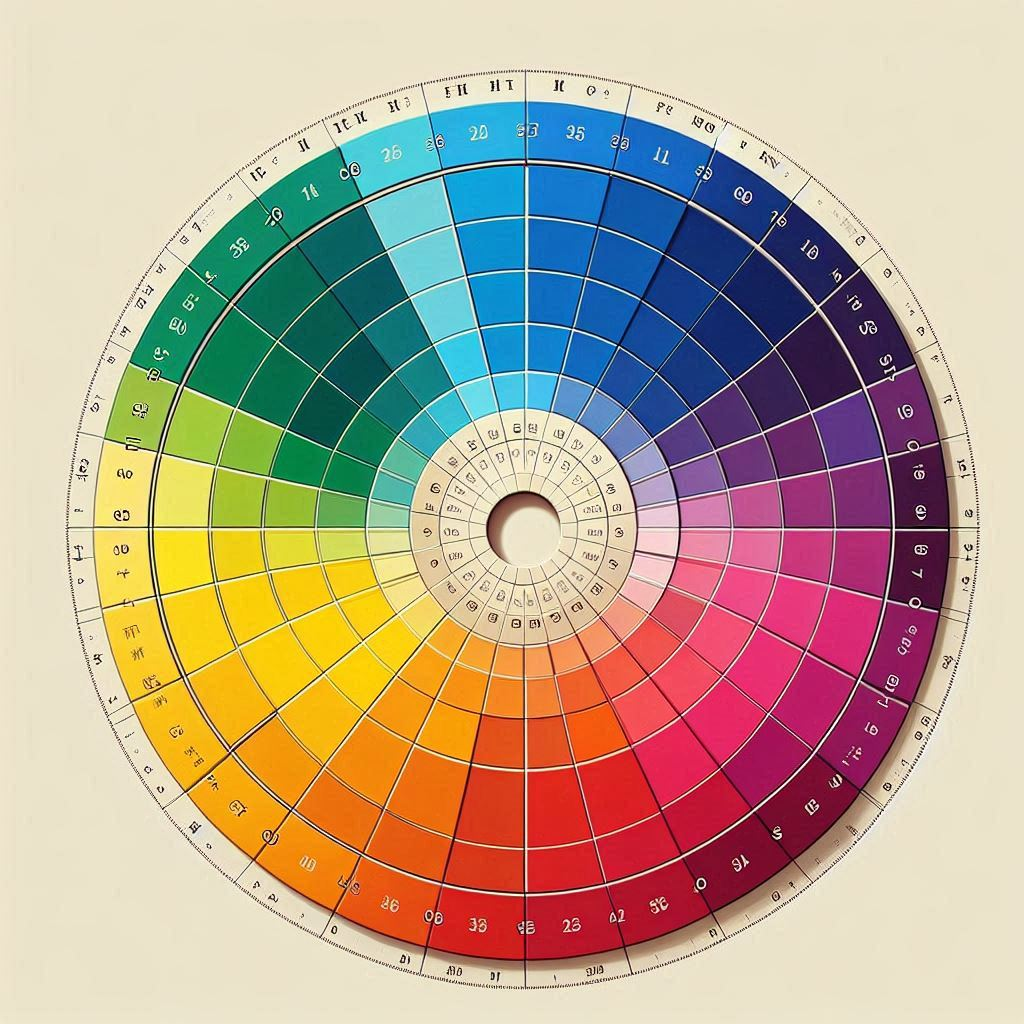Looking to add some personal flair to your walls without breaking the bank? Easy canvas art ideas are perfect for anyone seeking to express their creativity, regardless of artistic experience. You don’t need fancy art school training or expensive supplies to create stunning pieces that will transform your space. With just a few basic materials and some simple techniques, you can design beautiful canvas art that reflects your personality and style. The best part? These approachable projects can be completed in an afternoon, making them perfect for busy people who want to add a creative touch to their homes.
Key Points:
- Canvas art is accessible to everyone, regardless of artistic skill
- Simple techniques can create impressive results
- Affordable supplies make these projects budget-friendly
- Most ideas can be completed in a single afternoon
- Custom art adds personality to your living space
- Many techniques require no actual painting skills
Why Easy Canvas Art Ideas Are Perfect for Beginners
Canvas art offers the perfect starting point for creative expression because it’s forgiving, versatile, and can be approached with countless techniques. Unlike more technical art forms, canvas projects welcome experimentation and happy accidents. Even if you’ve never picked up a paintbrush before, these accessible ideas will help you create something you’ll be proud to display.
The blank canvas might seem intimidating at first, but think of it as a playground rather than a test. There’s no right or wrong way to create art—it’s about enjoying the process and expressing yourself. Many beginners are surprised by how satisfying and therapeutic creating canvas art can be, regardless of the final result.
10 Simple Canvas Art Techniques Anyone Can Master
1. Abstract Pour Painting
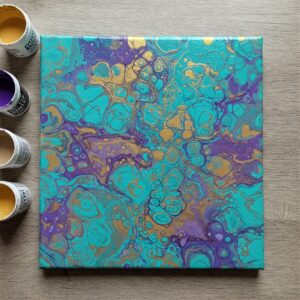
Pour painting has become wildly popular because it creates stunning results with minimal skill. By mixing acrylic paint with a pouring medium and simply letting the colors flow across the canvas, you create unique marble-like patterns that never look the same twice.
What you’ll need:
- Canvas (any size)
- Acrylic paints in complementary colors
- Pouring medium
- Plastic cups for mixing
- Disposable gloves
- Plastic sheet to protect your work surface
Pour painting works through chemistry rather than technique, making it perfect for those who claim they “can’t draw a straight line.” The fluid interaction between colors creates organic patterns that would be nearly impossible to paint by hand.
2. Geometric Tape Art
For those who appreciate clean lines and modern design, geometric tape art offers a foolproof method to create precise patterns.
How it works:
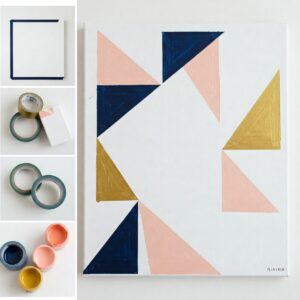
- Apply painter’s tape in geometric patterns across your canvas
- Paint over the entire canvas (one color or multiple)
- Once dry, carefully remove the tape
- Reveal perfect, crisp lines where the tape protected the canvas
This technique works beautifully with metallic paints for a luxurious look, or bold contrasting colors for a more dramatic effect. You can create everything from simple stripe patterns to complex geometric designs.
3. Minimalist Line Art
Sometimes less is truly more. Minimalist line art uses simple brush strokes to create elegant, sophisticated designs that look professionally made.
Using a fine brush and black paint (or any color that contrasts with your background), create flowing lines that suggest faces, figures, or abstract shapes. The beauty of this style is that imperfections actually add character, making it ideal for beginners.
“Art doesn’t have to be complex to be beautiful. Sometimes a single line can express more than an elaborate painting.”
Modern abstract painting with bold colors shows how simplicity often creates the most powerful impact.
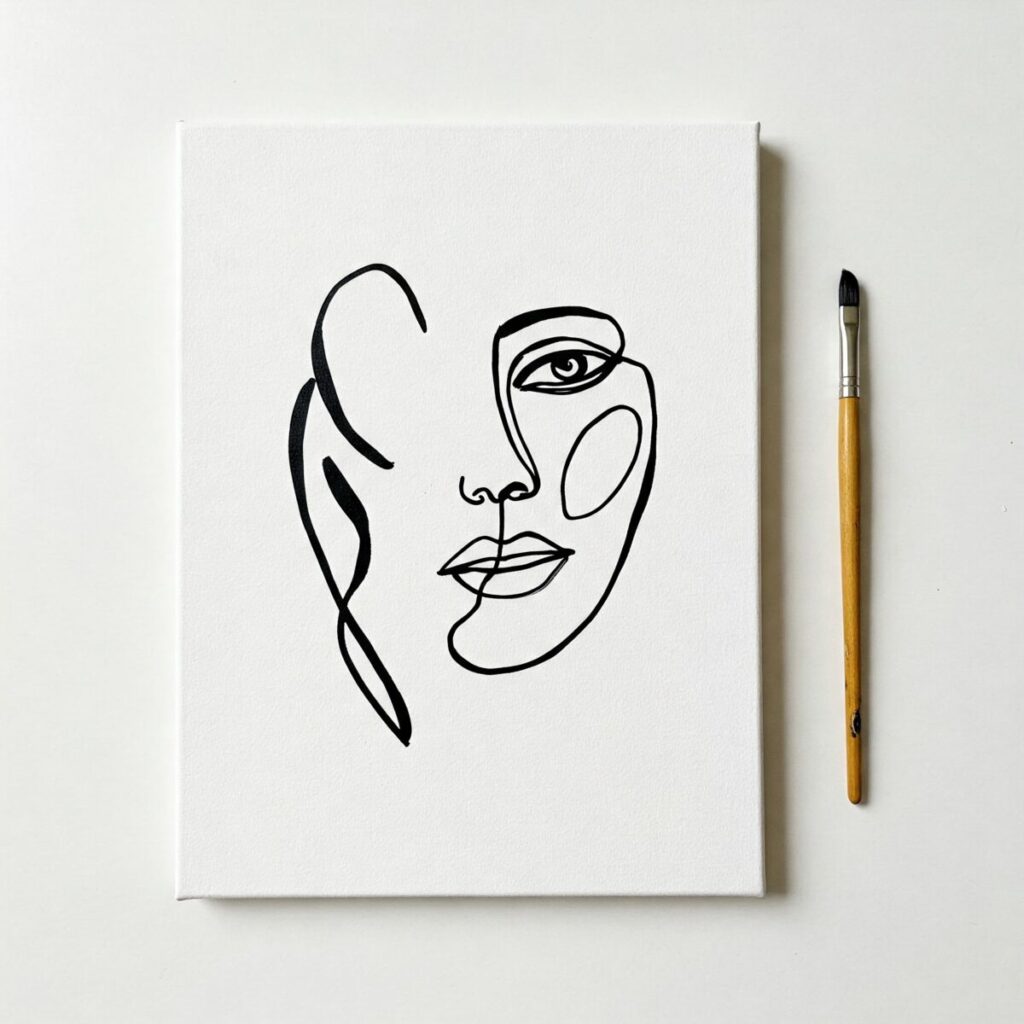
4. Text-Based Canvas Art
Words have power, both visually and emotionally. Creating text-based canvas art allows you to display meaningful quotes, single words, or phrases in a personalized, artistic way.
Approaches to try:
- Hand-lettering (don’t worry about perfection!)
- Stencils for clean, consistent letters
- Collage with cut-out letters from magazines
- Simple block letters filled with patterns
Choose words that inspire you or reflect your personal philosophy. Even simple phrases can become powerful visual statements when treated artistically.
5. Nature-Inspired Silhouettes
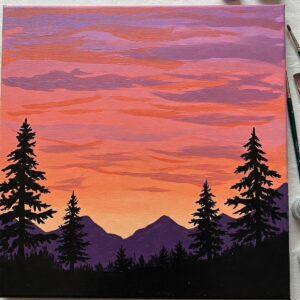
Creating dramatic silhouettes against colorful backgrounds produces striking results with minimal skill required.
Start by painting an easy gradient background like a sunset or abstract blend of colors. Once dry, simply paint black silhouettes of trees, mountains, animals, or other natural elements. The contrast between the vibrant background and dark foreground creates depth and visual interest.
This technique works especially well for landscape-oriented canvases that can tell a story or create a scene.
6. Mixed Media Collage
Not comfortable with a paintbrush? Collage techniques allow you to create textured, multi-dimensional canvas art using materials you probably already have.
Materials to incorporate:
- Magazine cutouts
- Fabric scraps
- Natural elements (pressed leaves, flowers)
- Ticket stubs, maps, or travel memorabilia
- Buttons, beads, or small trinkets
Using basic canvas preparation techniques before applying your collage elements will ensure they adhere properly and create a cohesive piece.
7. Stencil Art
Stencils take the guesswork out of creating clear images and patterns. By using pre-made stencils or creating your own from cardboard, you can add precise designs to your canvas without freehand drawing skills.
Apply paint through the stencil using a dabbing motion with a sponge or stiff brush. Layer different stencils for more complex designs, or repeat a single motif across the canvas for a pattern effect.
8. Monochrome Texture Art
Creating visual interest through texture rather than color complexity makes for sophisticated yet simple canvas art.
Texture techniques:
- Apply modeling paste with a palette knife
- Create patterns in thick paint with household objects
- Layer different finishes (matte, gloss, metallic) of the same color
- Use bubble wrap, corrugated cardboard, or textured wallpaper for impressing patterns
Working in a single color family allows you to focus on the textural elements without worrying about color harmony.
9. Finger Painting Abstract
Embrace your inner child with sophisticated finger painting! This technique liberates you from precision requirements while producing expressive, organic results.
Mix your acrylic paints with a bit of medium to extend drying time, then use your fingers to swirl, dot, and blend colors directly on the canvas. The natural movement of your fingers creates flowing, intuitive patterns that brush techniques can’t replicate.
10. Alcohol Ink on Canvas
While traditionally used on non-porous surfaces, alcohol inks can create stunning effects on primed canvas as well. Their fluid, vibrant nature produces dreamlike patterns with minimal effort.
Learn more about this technique from our guide on how to paint with alcohol inks for detailed instructions and supply recommendations.
Canvas Art for Specific Spaces in Your Home
Different spaces in your home might benefit from particular canvas art approaches. Consider these suggestions:
| Space | Recommended Canvas Art Style | Color Suggestions |
|---|---|---|
| Living Room | Larger statement pieces, abstract pour art | Colors that complement your decor |
| Bedroom | Calming minimalist line art, soft textures | Soothing blues, greens, or neutral tones |
| Kitchen | Bright geometric patterns, food-related word art | Vibrant, energetic colors |
| Home Office | Inspirational text art, focused simple designs | Blues for productivity, greens for creativity |
| Children’s Rooms | Finger painting, playful silhouettes | Bold, primary colors |
Tips for Canvas Art Success
Choose Quality Supplies Where It Matters
While easy canvas art doesn’t require professional-grade materials, investing in good-quality canvas and paints will improve your results. Our guide to affordable art supplies offers suggestions for beginners on a budget.
Embrace Happy Accidents
Many stunning abstract pieces result from unexpected color interactions or techniques that didn’t go exactly as planned. As Bob Ross famously said, there are no mistakes, just “happy accidents”!
Create in Good Lighting
Natural light helps you see colors accurately. If possible, work near a window during daylight hours.
Let Each Layer Dry Completely
Patience is key for many techniques, especially those involving multiple layers. Using a hair dryer on low heat can speed up drying time between layers.
Protect Your Finished Work
Once your masterpiece is complete and thoroughly dry, consider applying a varnish to protect and preserve it. Our article on framing and varnishing your finished painting provides step-by-step guidance.
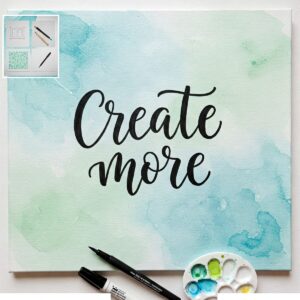
Canvas Art as Self-Expression
Beyond decorating your walls, creating canvas art offers meaningful benefits:
- Stress reduction through creative flow
- Personal satisfaction from making something by hand
- Opportunity to express emotions visually
- A unique way to document important life events or feelings
According to art for well-being research, engaging in creative activities like canvas painting can significantly improve mental health and emotional well-being, regardless of artistic skill level.
Conclusion
Easy canvas art ideas offer everyone—regardless of artistic background—the opportunity to create beautiful, personalized pieces for their home. Whether you’re drawn to flowing abstract designs, precise geometric patterns, or expressive minimalist concepts, there’s a canvas technique that will work for your skill level and aesthetic preferences. By starting with these accessible approaches, you might discover a passion for art that continues to grow with each canvas you complete. Remember that the goal isn’t perfection but expression and enjoyment of the creative process. So gather your supplies, clear some space, and dive into the rewarding world of easy canvas art ideas—your walls (and creative spirit) will thank you!
FAQ: Easy Canvas Art Ideas
How do I make wall art without painting skills?
You can create stunning wall art using techniques that don’t require traditional painting skills, such as pour painting, tape geometric designs, stenciling, or collage. These methods rely more on color selection and composition than technical painting ability.
What are some simple canvas art ideas for small spaces?
For small spaces, consider minimalist line art, monochrome abstract designs, or small sets of complementary geometric patterns. Using a unified color scheme across multiple small canvases creates a cohesive look that works well in compact areas.
What supplies do I need for beginner canvas painting?
Basic supplies include: pre-stretched canvases, acrylic paints (which are versatile and forgiving), a few brushes in different sizes, a palette for mixing colors, water container, and a protective covering for your work surface. For specific techniques, you might add items like pouring medium, painter’s tape, or stencils.
How do I seal and finish my canvas art?
Once your artwork is completely dry (usually 24-48 hours for acrylic paint), apply an even coat of varnish using a wide, soft brush. Choose between gloss, satin, or matte finish depending on your preference. Varnish protects against dust, UV damage, and minor scratches while enhancing colors.
Can I create canvas art with my kids?
Absolutely! Many easy canvas techniques are perfect for family art projects. Finger painting, simple pour techniques, and stencil art are especially kid-friendly. Use washable paints for younger children and cover your workspace well.

